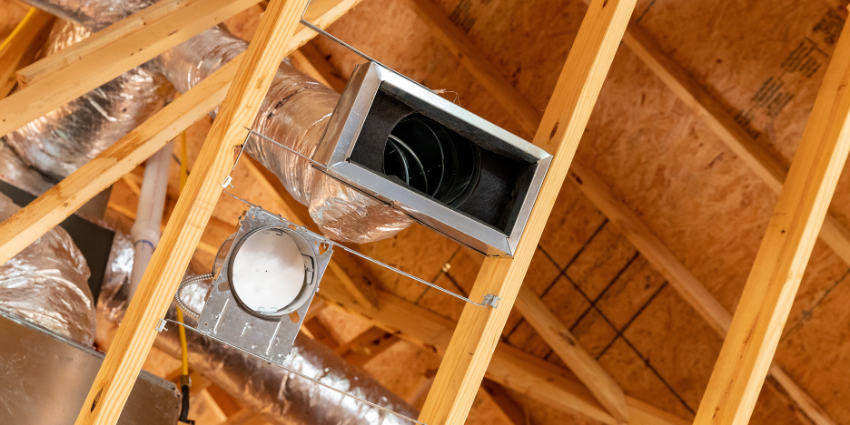Federal Tax Credit
November 29, 2022
Spray foam insulation plays a vital role in controlling temperature, improving energy efficiency, and reducing noise in residential and commercial buildings. One of the more strategic applications? Around ductwork. When done correctly, spray foam can boost HVAC performance and minimize air leakage dramatically.
This guide outlines the key facts and best practices for applying spray foam insulation around ducts—so you're ready for your next job.
Absolutely. Spray foam is known for its versatility and strong adhesion to various materials—including ductwork. Using closed-cell spray foam insulation around ducts can help you:
Pro Tip: Always use closed-cell spray foam for duct insulation. Unlike open-cell foam, closed-cell foam is moisture-resistant, more rigid, and provides better long-term performance. Just 1 inch meets most insulation standards.
🛡️ Don't forget your PPE: gloves, goggles, masks, and a protective suit are essential for safety during application

Before spraying foam, follow these prep steps to avoid issues later on:
Once your prep work is complete, it’s time to apply the foam. Follow these pro techniques:
Some areas should be avoided when working around ducts:
🚫 High-moisture zones
🚫 Electrical wiring or panels
🚫 Unventilated attics
🚫 Complex HVAC units
🚫 Plumbing fixtures
Spraying in these areas can cause electrical risks, improper ventilation, or lead to foam expansion-related damage.
What problems might occur if spray foam isn’t applied correctly?
Partial coverage or gaps can lead to condensation buildup and mold growth. Inaccessible ducts can also make future repairs or inspections more difficult.
Are there local regulations I need to follow?
Yes. Compliance varies by city and state. Always consult your local building codes and standards before beginning any duct insulation project.
How do I calculate how much spray foam I’ll need?
Start by measuring all the duct dimensions and surrounding space. You’ll need to calculate in board feet—one square foot at one inch thick. Need help? Our team can assist with accurate estimates and material planning.
At Profoam Corporation, we provide top-quality products and expert support to help you get the job done right.
🛠️ We offer:
🎓 Need Training?
We’ve got you covered with:
Get in Touch Today
Ready to optimize your duct insulation process? Let our experts help you
select the right spray foam and gear for the job.
📞 Contact us now to learn more about our products and training
programs.